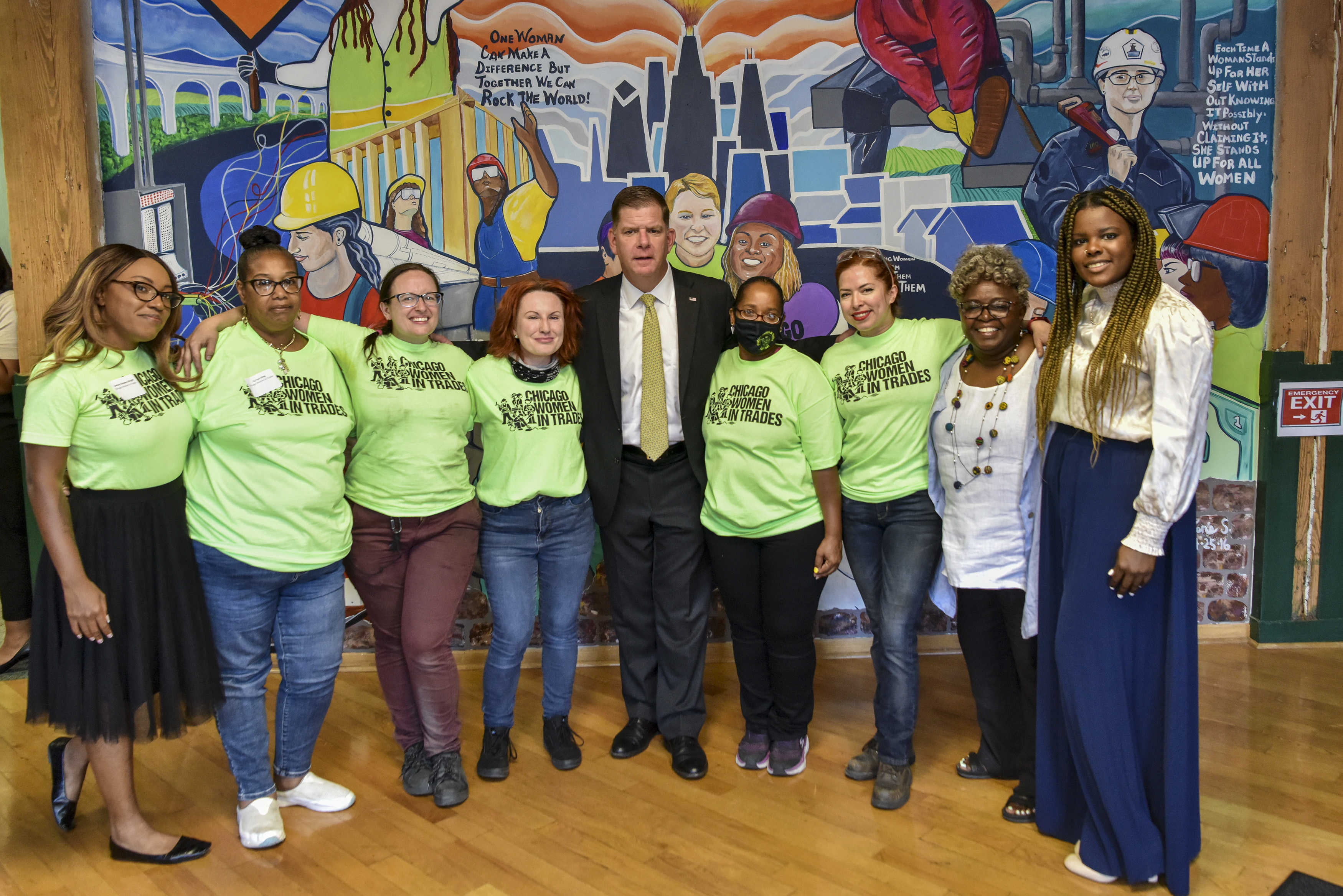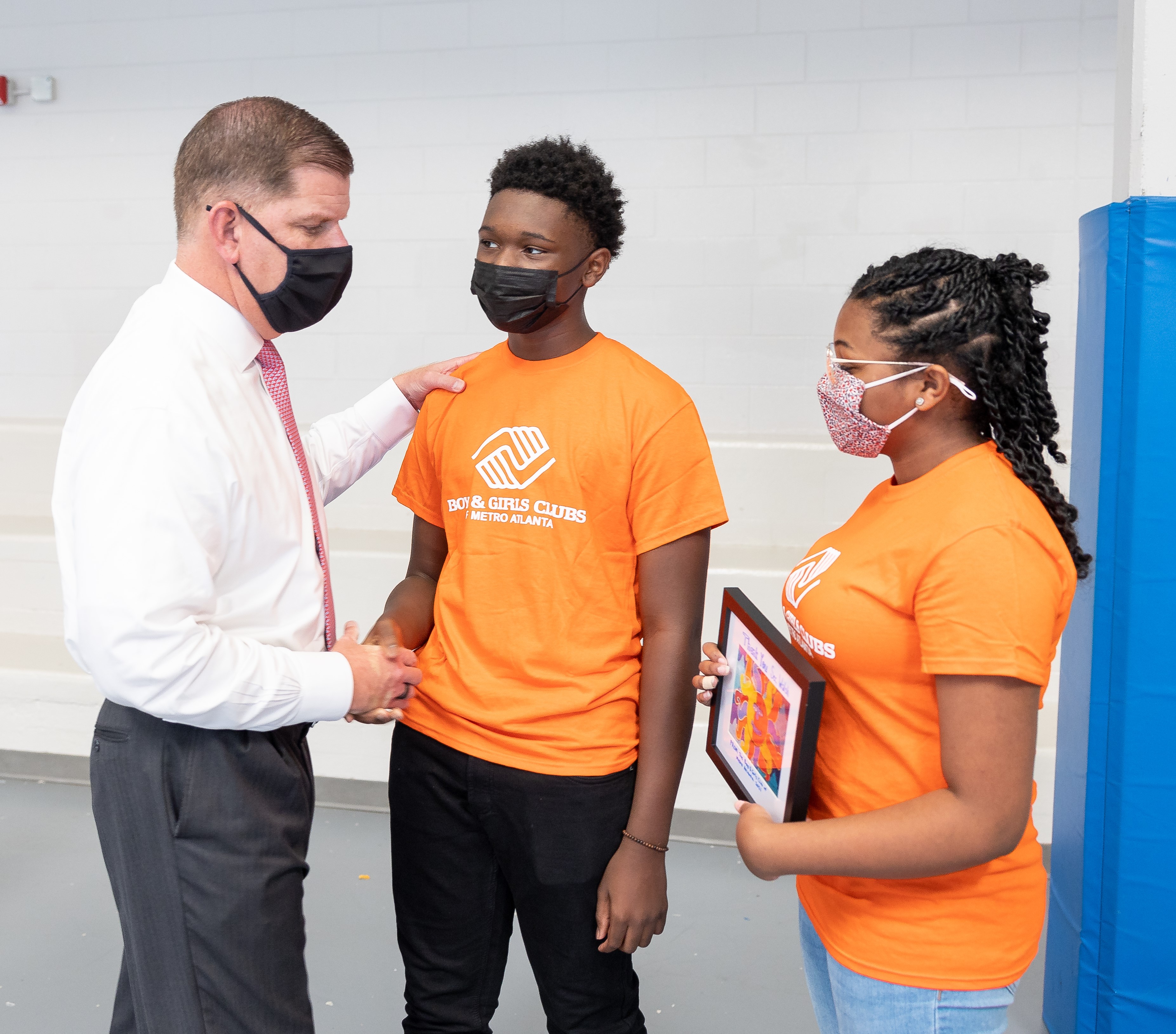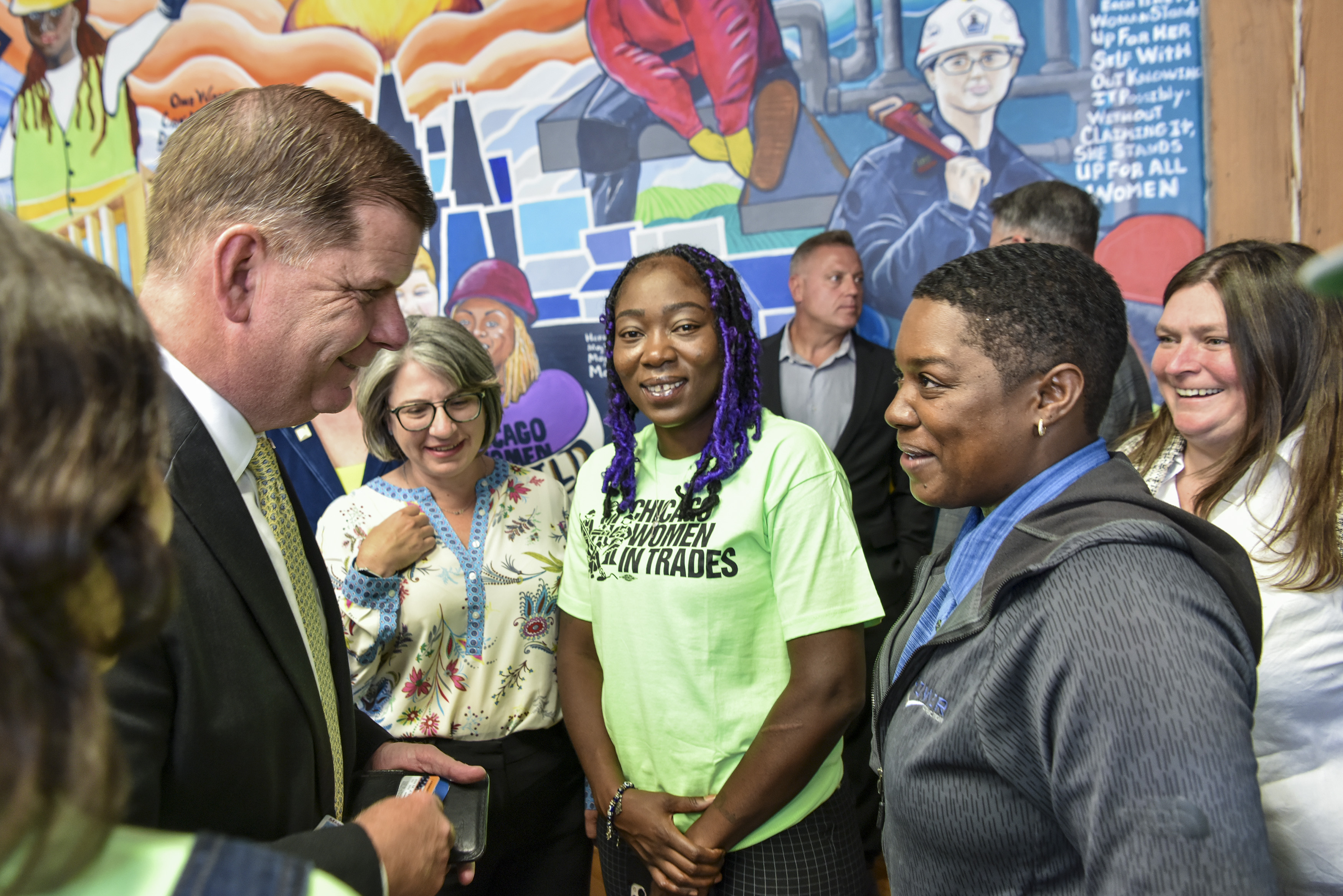
As a former mayor, U.S. Labor Secretary Marty Walsh knows first-hand the impact federal funds can have in communities across this country, and how critical these investments are for sustaining and bolstering programs that millions depend on.
That’s why as Labor secretary, he quickly charged the department with making our competitive grants more accessible and ensuring they lead to positive outcomes for America’s workers. To execute this vision, the department is focusing on three, interconnected objectives for our grants:
- Broaden awareness of grant programs, so all communities and partners are aware of the available resources.
- Improve access to grants, so new organizations and entities across all communities doing critical work on the ground can get in the door.
- Ensure grant programs, and the organizations selected as grantees, advance equity, job quality and meaningful outcomes.
Broadening awareness and addressing barriers
We know the process for accessing federal funds can be challenging, so we took action to help people when navigating the grant process. Here are a few examples of what we’ve done to date:
-
Launched a new, centralized dol.gov/grants webpage to consolidate and simplify information
 for prospective applicants. The webpage (www.dol.gov/grants) features currently open and upcoming grant opportunities, provides points of contact for each program, and an overview of who is eligible to apply.
for prospective applicants. The webpage (www.dol.gov/grants) features currently open and upcoming grant opportunities, provides points of contact for each program, and an overview of who is eligible to apply.
-
Created a new, interactive map that shows where currently active department grantees are located, along with tools for how to find nearby American Job Centers, apprenticeship providers, and state and local Workforce Boards, along with localized data from the Bureau of Labor Statistics.
-
Developed plain-language fact sheets (see an example here) for funding opportunity announcements, to clarify need-to-know information for each program.
-
Published a FY22 Competitive Grant Forecast at the start of the calendar year to help organizations better anticipate future funding opportunities and prepare their materials.
-
Published an ongoing series of “Real People Impact, Real People” spotlight stories to showcase best practices and the impact grantees have in the lives of workers.
-
Published a step-by-step, plain language explainer video in Spanish and English, to break down how organizations can find grants and what they can do now to get ready to apply.
Improving access to grant opportunities
Raising awareness is a critical piece of the puzzle, but improving access to these grant programs is also a foundational piece of our strategy. We focused on helping more organizations get involved in or gain access to our grant programs through a variety of strategies this year:
-
We expanded eligibility, or removed inadvertent barriers, such as increasing the amount of funds that can be spent on supportive services, or waiving the matching funds requirement for Tribal organizations and Tribal partners applying for YouthBuild.
-
We required partnership with or gave preference to applicants who partner with trusted organizations such as Minority-Serving Institutions (MSIs), HBCUs, unions, or state, local, and community-based organizations to ensure that grants reach the historically underserved populations programs are designed to serve.
-
We gave preference to applicants that proposed to serve geographic areas with the highest demonstrated need and lowest density of existing service providers, to deliver resources where they will have the greatest impact.
Advancing equity, job quality and positive outcomes across our grant programs

Finally, Secretary Walsh emphasized our grant programs should not “do the same old things,” and urged us to seek opportunities to address the shifting economic realities and needs of workers, advance equity and lead to good jobs.
This requires the department to approach grant-making in a new way: not solely as federal dollars distributed to entities to run workforce training or safety programs, but as critical tools for building capacity and advancing the administration’s priorities around worker voice, equity and good jobs.
To accomplish this, we added new provisions across competitive grant programs to ensure funding support groups that demonstrate a commitment to equity, worker empowerment and good jobs in their own organizations, such as high-quality, safe, equitable jobs for their employees, where workers are paid a living wage and have a voice.
We also added new selection criteria to advance green construction and target workforce investments in areas hit the hardest by economic transition and gave preference to organizations that developed program materials in languages other than English or incorporate individuals with experience into their own organization or program design.
As with all this work, there is always more to be done, and the department is committed to furthering these efforts in fiscal year 2023 and beyond – or as Secretary Walsh might say, “putting our money where our mouth is.”
Visit dol.gov/grants to learn more and subscribe to our weekly Department of Labor Newsletter to stay up-to-date on funding opportunity announcements.
Kate Swain-Smith is an advisor to Secretary Walsh.

 U.S. Department of Labor Blog
U.S. Department of Labor Blog